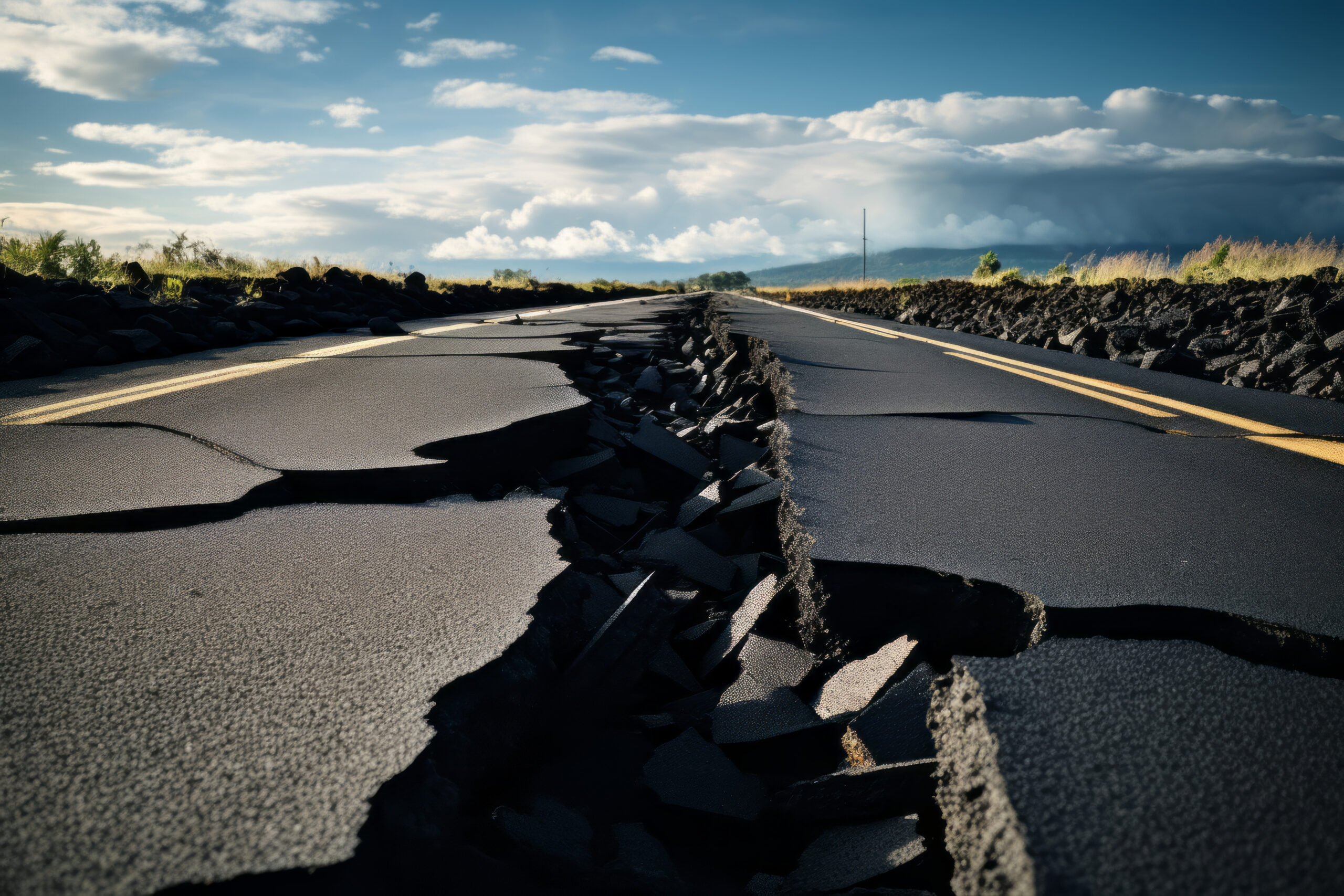Global warming has started to show its consequences. People are producing more greenhouse gases like methane, which is increasing the global temperature and causing environmental disruption. The situation is urgent. The world doesn’t have much time to adopt habits that can slow down climate change.
Even our eating habits contribute to climate change. The types of food we consume can impact the rise of greenhouse gases. The production process of food items might have significant consequences on the environment, either positive or negative. Seaweed is one of those food items that can positively impact climate change and might have the potential to help solve the problem completely, if it’s done right.
Today, we’ll learn how seaweed harvesting can combat climate change, explore its carbon absorption capabilities, and understand its superfood qualities. This article will help you realize how just adding one food item to your dinner table can be a small step toward saving the Earth.
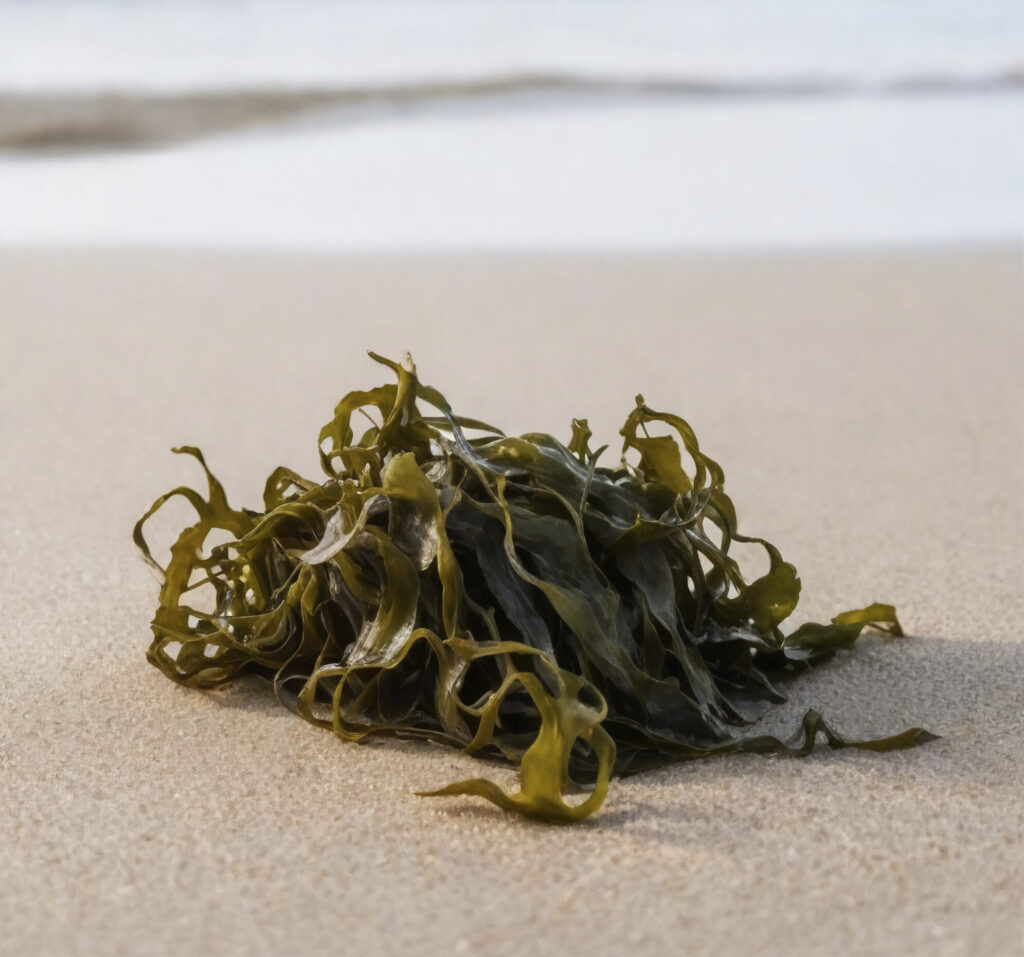
What Exactly Is Seaweed and How Is It Used?
Seaweed is a broad term used to describe thousands of species of marine plants and algae that grow in oceans, lakes, rivers, and other water bodies. These plants are among the fastest-growing in the world, capable of growing up to 1–2 feet in a single day. Around 10,000 types of seaweed can be found in water bodies.
Most people may think the slimy brown stuff on the beach is inedible, but most seaweeds are actually safe to eat. Even if you think you’ve never eaten or would never eat seaweed, chances are—you already have. Seaweed is used in making toothpaste, cosmetics, and medicines. It can even be used as a fuel source for airplanes!
The consumption of seaweed dates back to before many modern nations were established. Today, 35% of Americans consume seaweed in some form. Seaweed is largely produced in the eastern regions, with Asia being the largest producer.
But can seaweed be more than just an item on our dinner plates and actually help reverse climate change?
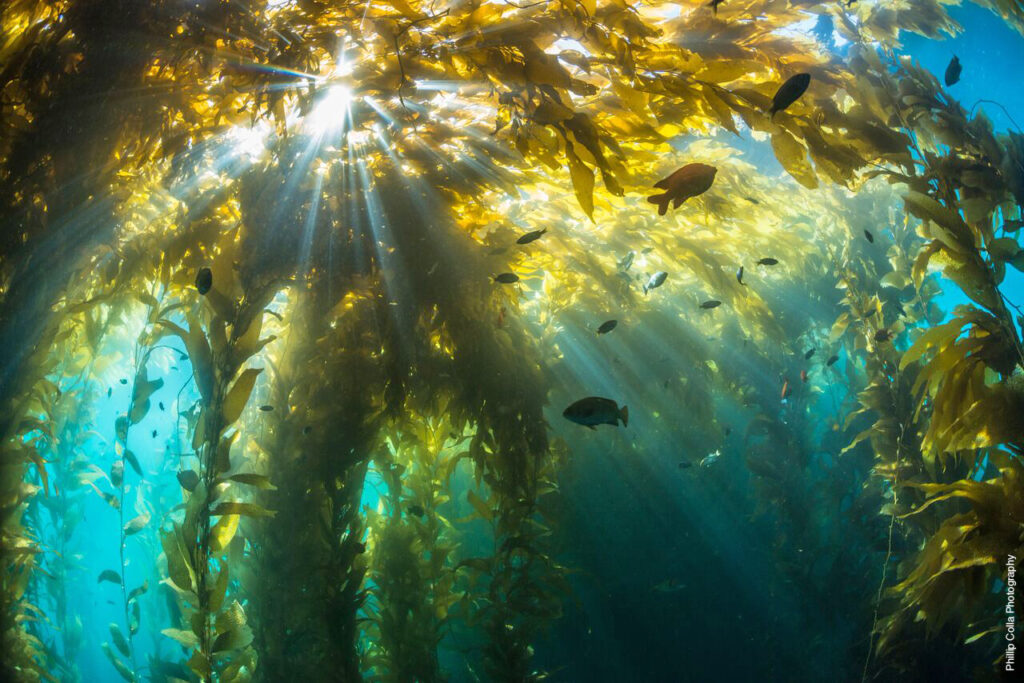
Carbon Sequestration
Seaweed is similar to land plants but lives in the ocean. It uses photosynthesis to absorb CO₂ and convert it using sunlight. As seaweed absorbs CO₂ from the water, it creates a CO₂ deficit in the surrounding water. To balance this, the ocean absorbs more CO₂ from the atmosphere. This ongoing exchange is called carbon sequestration.
Seaweed absorbs around one-third of global CO₂ emissions every year. In fact, seaweed can sequester carbon up to 30 times faster than terrestrial forests. Australia uses kelp forests (a large brown type of seaweed) to absorb 30% of the country’s blue carbon. Globally, seaweed captures about 200 million tonnes of CO₂ annually which is equivalent to the total emissions of New York State.
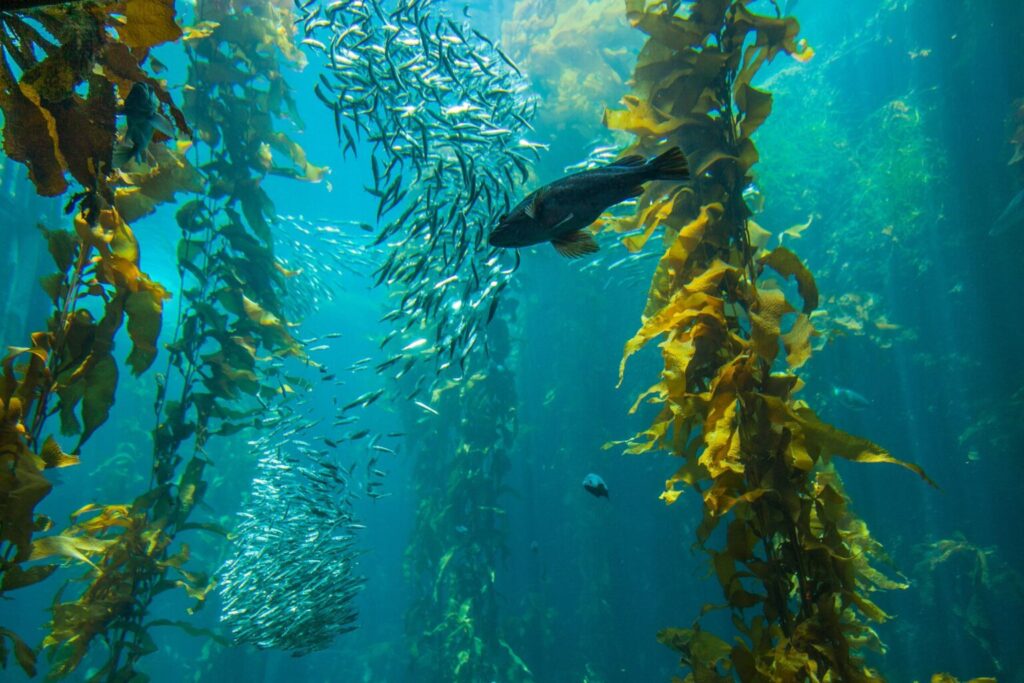
Restoring Marine Life
Seaweed provides shelter for millions of marine creatures. Seaweed farms can serve as essential habitats for marine life. Seaweed farms act as nurseries for small fish, shellfish, and crustaceans. The dense underwater structures offer shelter from predators and support breeding grounds.
Many marine species rely on seaweed for survival. Seaweed also helps detoxify water bodies and improve water clarity. Research has shown that cultivating seaweed has led to the creation of new habitats in abandoned water areas. Seaweed produces oxygen, reduces storm damage, filters harmful pollutants, improves water quality, and attracts tourists due to its rich biodiversity.

Beyond Soil-Based Farming
Almost all foods grown on land require freshwater and fertilizers. These crops take up land, time, and lots of money to produce. Livestock farming, too, significantly contributes to CO₂ emissions—one-third of the world’s methane emissions come from livestock.
On the other hand, seaweed farming is much easier. It doesn’t require freshwater or fertilizers. With just $20,000 and a boat, one can start seaweed farming. Seaweed is also more nutritious than many commonly consumed foods. Some varieties contain over 5 times more potassium than bananas, 5 times more calcium than whole milk, and 28 times more iron than steak. As arable land decreases and food production slows globally, seaweed can be a sustainable alternative.
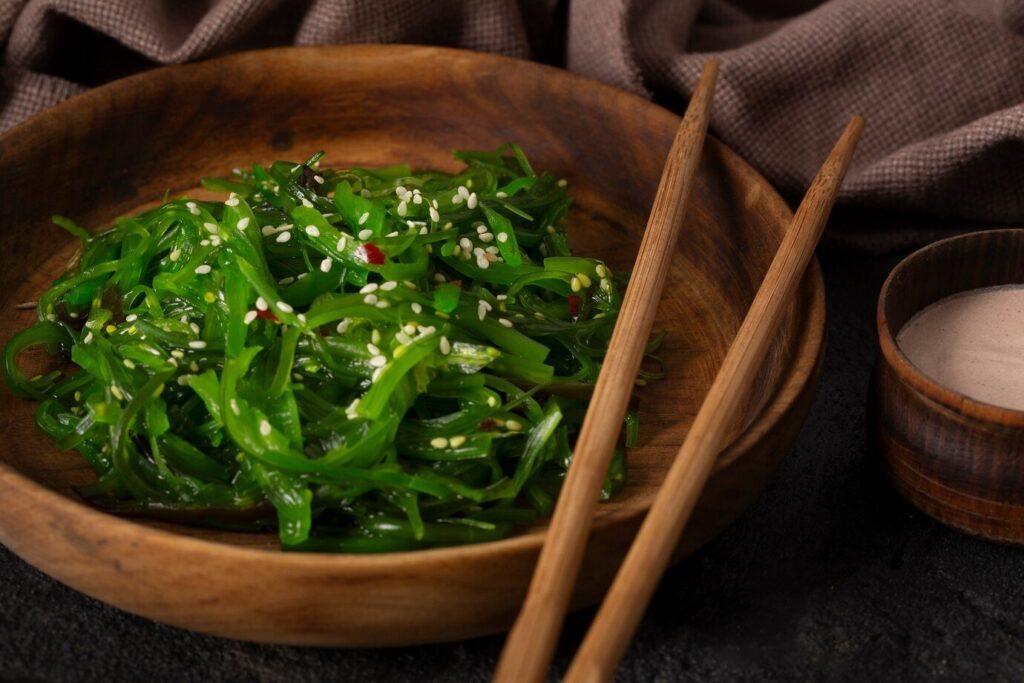
The potential of seaweed is enormous. Beyond satisfying our appetite, it can improve animal feed quality, serve as a key ingredient in medicines and cosmetics, and even be used to produce biofuels.
But to unlock this potential, seaweed production must increase significantly. Research shows that farming seaweed on just 9% of the ocean’s surface could produce enough biofuel to meet global needs—and reduce 53 million tons of CO₂ annually. If we start incorporating seaweed into our daily diets, the increased demand can drive more investment in seaweed farming. Our consumption habits, coupled with infrastructure development, can help realize the full potential of seaweed.
So next time you sit at the dinner table, try including a seaweed-based food item. It’s a small step that could make a big difference for the planet.



